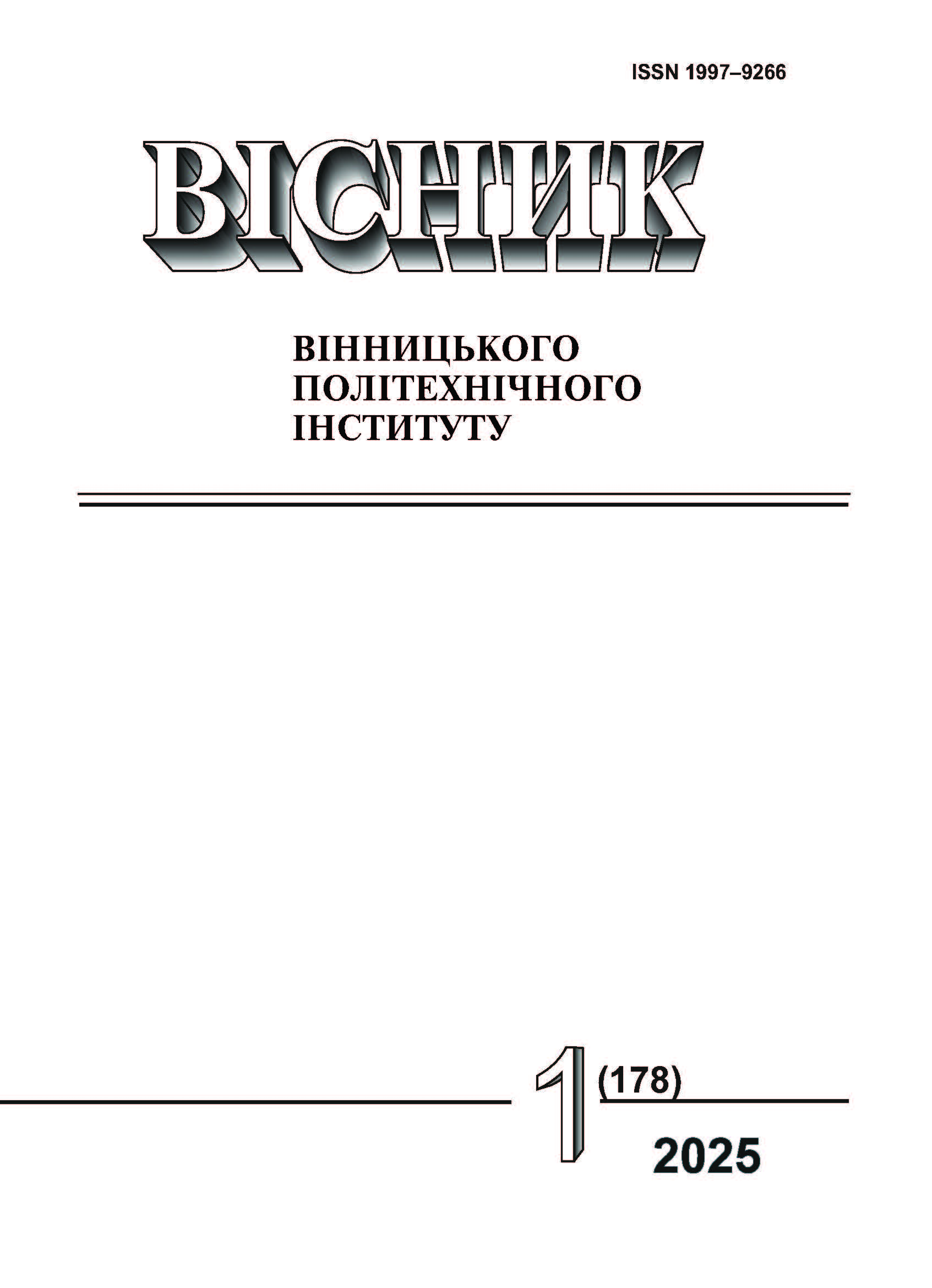Method of Forced Atmospheric Circulation in a Large City with Low Temperature Inversion
DOI:
https://doi.org/10.31649/1997-9266-2025-178-1-29-34Keywords:
environmental safety, low temperature inversion, large city, orced turbulence device, dual-circuit turbojet engine, permissible level of air pollutionAbstract
The data of the given research propose a new method for smog elimination in cities with temperature inversion of ground atmospheric air. This method based on device creates forced turbulence of air atmospheric volumes with different pollution levels. The device uses a two-circuit turbojet engine that captures and passes through itself the polluted air from lower atmospheric layer. The device moves a mixture of polluted air and combustion products to a height above the inversion layer, where, due to dilution in a large volume of cleaner air, the concentration of pollutants and fuel combustion products decreases to an acceptable level. The volume of the displaced polluted air is filled with clean atmospheric air. The device relates to the field of creating forced turbulence of air flows and can be used in the absence of natural resources for self-purification of atmospheric air, in cities with temperature inversion of atmospheric air near the surface. This is important from the point of view of increasing environmental safety, especially for large megacities, where polluted air from motor vehicles and the activities of powerful enterprises, in particular municipal and thermal power plants, prevails, and the high concentration of high-rise buildings (skyscrapers) interferes with normal atmospheric flows and access to fresh air for their residents. Therefore, the developed method and the corresponding device allow for effective forced air circulation of atmospheric air in large cities with a low temperature inversion layer.
References
Xu Tingting, Liu Bing, Minsi Zhang, Yu Song, Ling Kang, and Tiantian Wang, “Temperature inversions in China derived from sounding data from 1976 to 2015,” Chemical and Physical Meteorology, vol. 73, pp. 1-18, 2021. https://doi.org/10.1080/16000889.2021.1898906 .
Li Hui, et al., “The Influence of Temperature Inversion on the Vertical Distribution of Aerosols,” Remote Sensing, № 18, pp. 4428 , 2022. https://doi.org/10.3390/rs14184428 .
Shao Min, Xu Xiaoying, Lu Yutong,and Dai Qili, “Spatio-temporally differentiated impacts of temperature inversion on surface PM2.5,” in Eastern China. Sci Total Environ. 2023 Jan 10:855:158785. https://doi.org/10.1016/j.scitotenv.2022.158785 .
V. Yavuz, “Unveiling the impact of temperature inversions on air quality: сomprehensive analysis of polluted and highly polluted days in Istanbul,” Acta Geophys, 2024. https://doi.org/10.1007/s11600-024-01417-0 .
Souad Lagmiri, and Salem Dahech, “Temperature Inversion and Particulate Matter Concentration in the Low Troposphere of Cergy-Pontoise (Parisian Region),” Atmosphere, no. 15(3), 349, 2024. https://doi.org/10.3390/atmos15030349 .
L. T. Molina, “Introductory lecture: air quality in megacities,” Faraday Discuss, no. 226, pp. 9-52, 2021. https://doi.org/10.1039/D0FD00123F .
Trinh TT, Le TT, Nguyen TDH, and Tu BM, “Temperature inversion and air pollution relationship, and its effects on human health in Hanoi City, Vietnam,” Environmental Geochemistry and Health, vol. 41, pp. 929-937, 2018. https://doi.org/10.1007/s10653-018-0190-0 .
Liao Liping, Du Minzhe, and Chen Zhongfei, “Air pollution, health care use and medical costs: Evidence from China,” Energy Economics, vol. 95, рз. 105132. March, 2021. https://doi.org/10.1016/j.eneco.2021.105132 .
М. М. Ісекєєв, «Технологія очищення повітря з прикладу м. Алмати,» Вісник Казахської Академії праці та соціальних відносин, № 2, с. 51-53, 2017.
US 5425413 A, Method for preventing the formation and destruction of upper atmospheric inversions, improving air circulation at ground level, and improving urban air quality.
S. Laxmipriya, A. A. Kumar, S. Aravinthan, and N. Arunachalam, “Reduction of Air Pollution Using Smog-Free-Tower a Review Paper,” IRJAET, no. 4, pp. 3251-3255, 2018.
D. Cyranoski, “China tests giant air cleaner to combat smog,” Nature, 555, 7695, 2018. [Google Scholar] [CrossRef] [PubMed].
S. Guttikunda, and P. Jawahar, Can We Vacuum Our Air Pollution Problem Using Smog Towers Atmosphere, no. 11 (9). 922, 2020. https://doi.org/10.3390/atmos11090922 .
F. Jędrzejek, et al., “The Innovative Method of Purifying Polluted Air in the Region of an Inversion Layer,” Front. Environ. Sci., 9:784477, 2021. https://doi.org/10.3389/fenvs.2021.78447 .
М. В. Катков та ін. Установка для ліквідації смогу у міських умовах. Повідомлення щодо встановлення дати подання заявки на винахід (корисну модель), Реєстраційний номер заявки u 2024 03959.
L. J. Clancy, Aerodynamics. Wiley, 1975. ISBN 978-0-470-15837-1.
Downloads
-
pdf (Українська)
Downloads: 108
Published
How to Cite
Issue
Section
License

This work is licensed under a Creative Commons Attribution 4.0 International License.
Authors who publish with this journal agree to the following terms:
- Authors retain copyright and grant the journal right of first publication.
- Authors are able to enter into separate, additional contractual arrangements for the non-exclusive distribution of the journal's published version of the work (e.g., post it to an institutional repository or publish it in a book), with an acknowledgment of its initial publication in this journal.
- Authors are permitted and encouraged to post their work online (e.g., in institutional repositories or on their website) prior to and during the submission process, as it can lead to productive exchanges, as well as earlier and greater citation of published work (See The Effect of Open Access).





